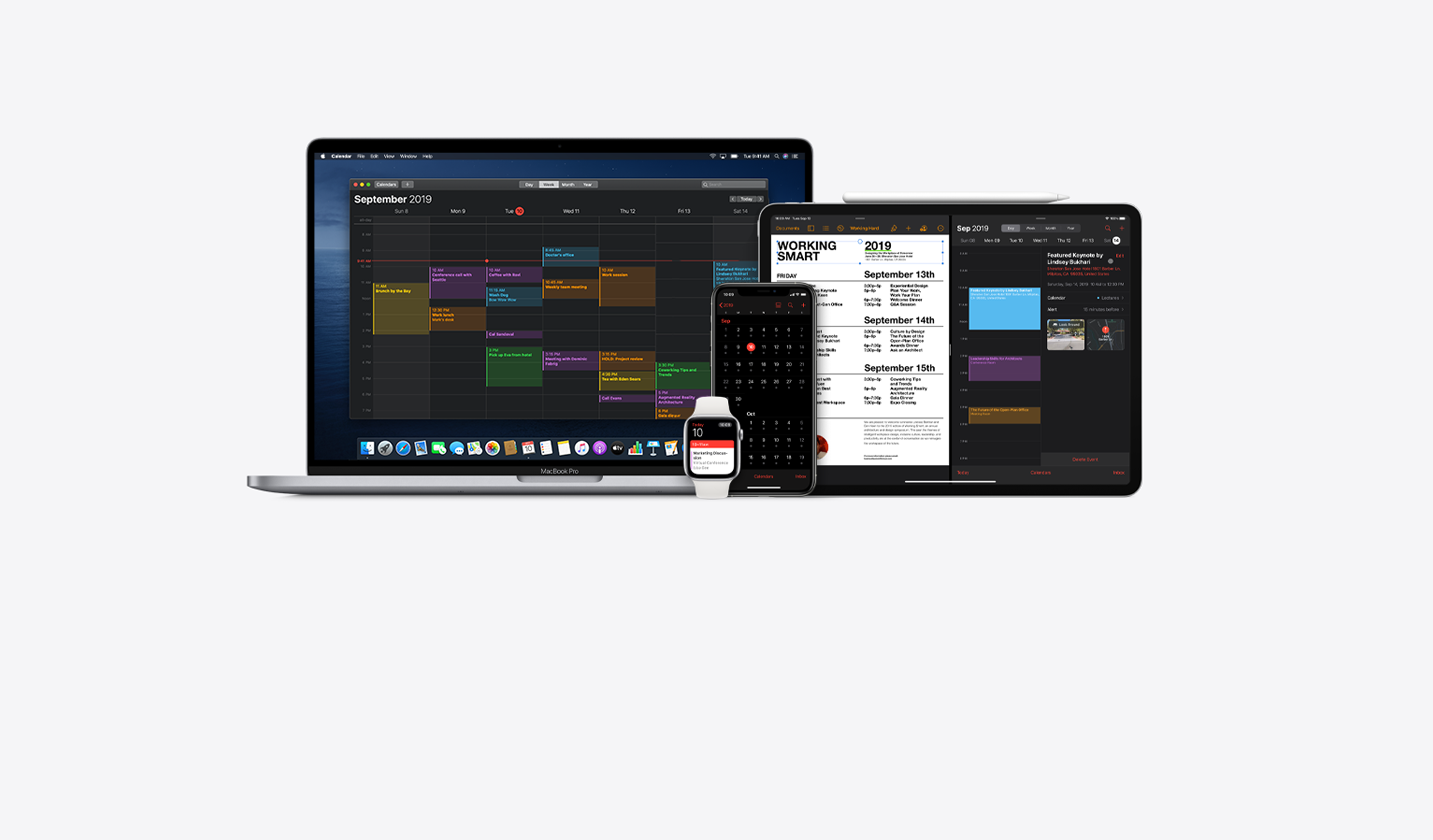A Strategic Approach to Remote Working
This article was originally published by the Business Post on the 13th September 2020.
Remote work was always a feature of the business environment, whether it was travelling sales reps, executives jetting around Europe or, in some cases, the offer of flexible arrangements allowing for a day or two at the home office, kitchen table or garden shed.
Post-pandemic, though, it has become a lot more common. Before Covid-19, just 15 per cent of the workforce across the EU had ever teleworked. And today? Not only has an EU Commission Joint Research Centre study found that around 25 per cent of jobs were “teleworkable”, EU statistics agency Eurostat reported in May that 40 per cent of those currently working in the EU began to telework full time as a result of the pandemic.
For Aidan McEvoy, Head of Digital Workspace Solutions at IT service provider Presidio, a move to remote working on a permanent basis will require both a cultural and technological shift. First, there are personal and practical matters to consider. Indeed, McEvoy himself has experience of this.
“I’ve had the privilege of being able to work from home for many years. One of the challenges for most people is it’s a totally different regime; not just your actual work, but the environmental and ergonomic challenges.”
Most people are now looking toward a hybrid work-from-home and from the office model, he said. There is the question of whether workers will increasingly demand the option to work remotely. Looked at in the right way, this could be a boon for business, and not just in terms of slashing rent bills.
“There are a number of factors, not least attraction and retention of key people, which is key for most organisations,” he said. “Yes, there are benefits in terms of cutting real estate costs, but the key determinant is people. It’s not about location any more, in terms of being in a certain spot.”
McEvoy sees the move as part of a wider shake-up of the world of work, one very much driven by the pandemic.
“We’re seeing a change. If you think about work in offices, people have stopped doing that kind of micro-management. Trust is an element that has come to the fore.
“Finland was one of the first countries to go to a four-day working week. This year we’ve not had much choice, but for those of us lucky enough to have a job, how can we continue to be productive? We want to try our best and be as productive as possible,” he said.
As always, those businesses with plans in place have fared best. “We had one or two customers who were planning for this kind of thing, both strategically and in terms of business continuity, mostly for weather, industrial action stopping transport and so on. So it has been possible to do this for some time, but not too many enacted this until this year. The crisis has forced it.”
Getting tech right
Six months into the crisis, though, it is now time to start looking at remote working in a more strategic manner, said McEvoy. This means getting both devices and services right – and security comes first.
“There was a tactical approach, which was a kind of band-aid. The home device became a redundant conduit to a remote device. That might be considered tactical, but it actually had a strategic element.
“What you’re actually doing is leaving the data in the centre and providing a secure connection into that. At the end of the day, the device is the device, but it’s about abstracting what you need from your device.”
In some cases, particularly in financial services, this has required quite a lot of back-end work. After all, not everyone works with a spreadsheet or word processor.
“Legacy apps from a financial services point of view, they’re running in data centres,” he said. “They may be seen as ‘legacy’, but they’re essential for many people, so we’ve containerised them and we provide a VPN (Virtual Private Network) connection for the users to come in and access it.”
Networking is also an issue and deploying software-defined wide area networking (SDWAN), hitherto the preserve of enterprise locations, is now possible at home, automatically connecting the home fixed-line broadband connection to 4G mobile networks.
“The other challenge we have is the network. Can I use mobile and logically bond networks to SDWAN? Yes, it can be done,” said McEvoy.
“In terms of IT services and the IT industry, our job is to give people the best possible experience. Yes, there are a lot of things about lifestyle that will have to be looked at, but IT has to be a support provider and it has to stand up.”



